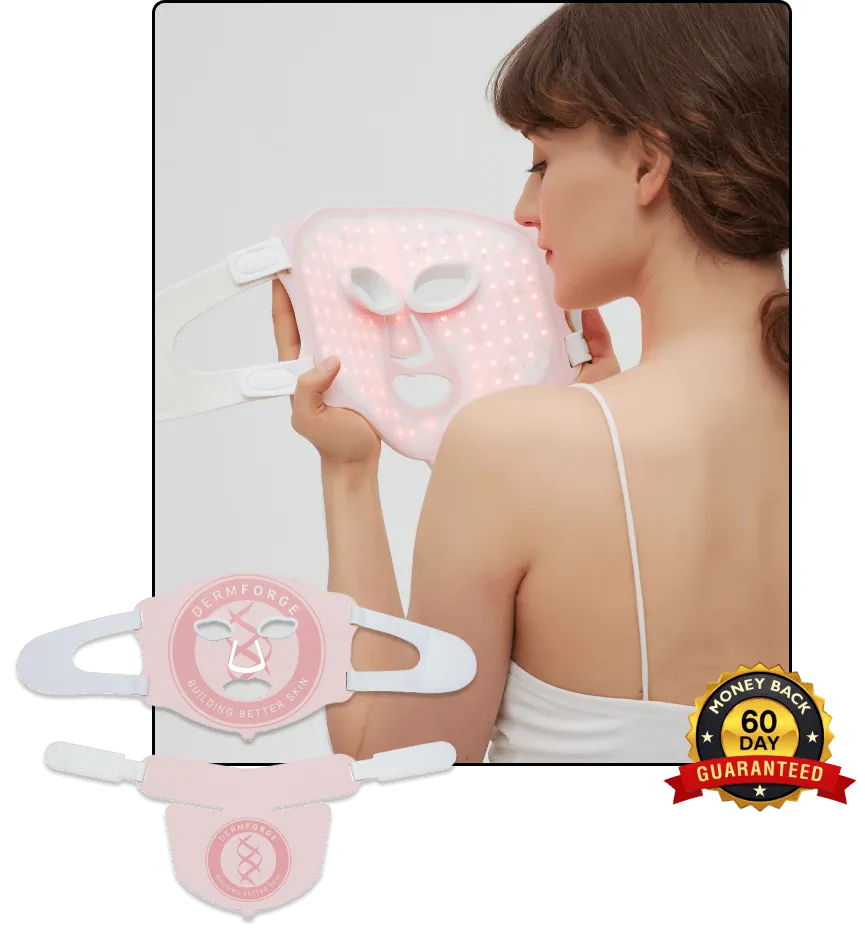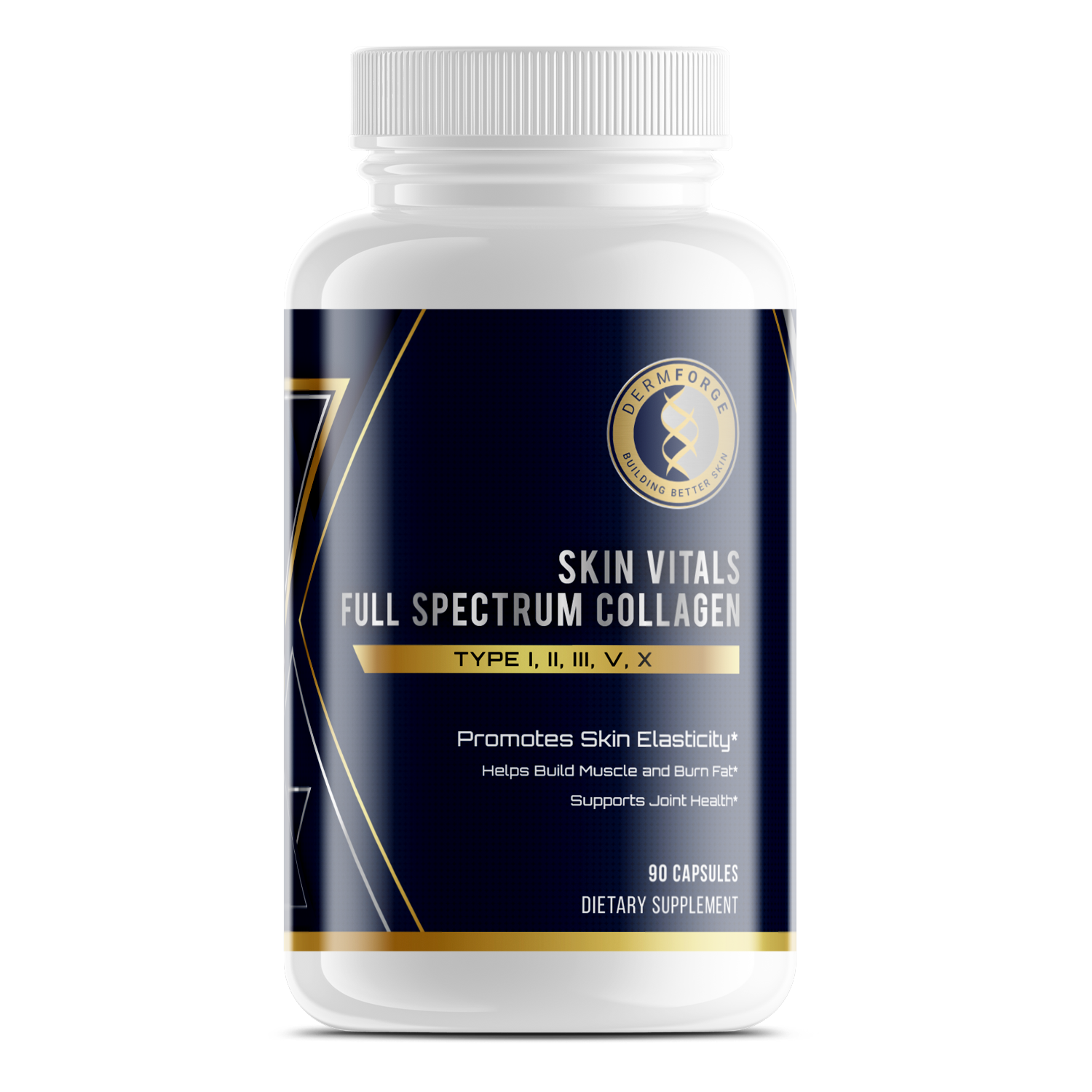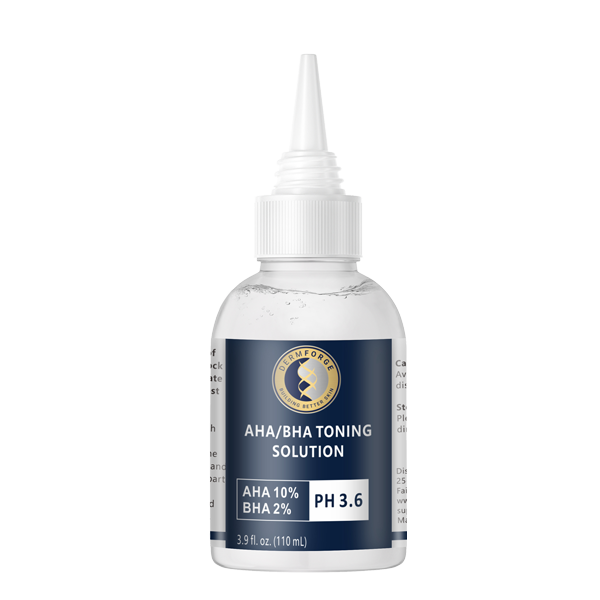LED light therapy has become a popular option for treating skin concerns without pain or downtime. Understanding wavelengths in LED therapy helps you choose treatments that match your skin goals. Each light color serves a specific purpose and reaches different layers of your skin. Therefore, using the correct wavelength matters more than intensity or duration.
Additionally, not all wavelengths perform the same. Blue light works on the surface and helps with acne and inflammation. Red light goes deeper and supports collagen production, which helps reduce signs of aging. Near-infrared penetrates even further and may help with circulation and deep tissue healing. However, using the wrong wavelength may not give you the results you want.
Your skin absorbs LED light and uses that energy to support repair and balance. Therefore, knowing which light to use gives you more control over your skincare results. Additionally, combining multiple wavelengths can help you treat more than one concern at a time.
At-home devices now make these treatments more accessible. However, you still need to use them properly. Following guidelines and selecting the right light improves both safety and outcomes. Many people notice gradual but steady results with regular use.
By understanding how different wavelengths interact with your skin, you make smarter choices. You get better results without harsh ingredients or recovery time. This guide will help you learn how wavelength depth, color, and skin goals all work together for clearer, healthier skin.
Introduction to LED Therapy and Its Role in Skincare
LED light therapy is a non-invasive skincare treatment that uses specific light wavelengths to improve the skin’s appearance. It targets common concerns like acne, aging, and inflammation by stimulating cellular activity below the skin’s surface. The treatment is painless, safe for all skin types, and often used in both professional settings and at home.
Different light colors represent different wavelengths, each penetrating the skin at various depths. Red light, for example, works deeper to support collagen and reduce fine lines. On the other hand, blue light focuses on surface layers and helps reduce acne-causing bacteria. Green and amber wavelengths are also used for issues like redness and dullness.
Understanding wavelengths in LED therapy helps you select the right treatment for your skin goals. Not all light works the same way, so choosing the right wavelength makes a big difference in the results. For instance, longer wavelengths reach deeper layers and treat concerns related to aging and skin laxity. Shorter wavelengths stay near the surface and help with breakouts and inflammation.
Additionally, LED therapy doesn’t rely on heat, so it won’t damage or irritate your skin. That makes it a good option if you’re sensitive or prone to redness. Therefore, many people use it regularly to maintain results and improve skin tone over time.
Overall, LED therapy offers a simple way to address multiple skin issues without downtime. You get targeted treatment that works beneath the surface. When you understand how wavelengths affect results, you can make better choices for your skincare routine.
The Science Behind Light Wavelengths
Light travels in waves, and the length of those waves is called a wavelength. Wavelengths are measured in nanometers, or nm. In skincare, the wavelength determines how deeply the light penetrates into your skin. Shorter wavelengths affect the surface layers, while longer wavelengths reach deeper.
Red light usually ranges from 620 to 700 nm. It reaches into the deeper layers of your skin. Therefore, it's commonly used to target signs of aging, such as fine lines and reduced elasticity. On the other hand, blue light ranges from about 400 to 470 nm. It stays closer to the surface and helps reduce bacteria that can cause acne.
Additionally, other colors like green and amber target middle layers of skin. These wavelengths often help with redness or uneven tone. Each nanometer range interacts with specific parts of your skin and produces different effects. That’s why understanding wavelengths in LED therapy helps you choose treatments that match your needs.
However, not all devices use the same quality of light or consistent wavelengths. You should always check the wavelength range before using any device. Therefore, it’s smart to know which light your skin responds to best. This allows for better, more targeted results over time.
Your skin absorbs the light and turns it into energy at a cellular level. That energy supports healing, reduces inflammation, and helps balance skin functions. Because each wavelength behaves differently, learning the basics helps you get the most out of each treatment.
Common LED Wavelengths and Their Benefits
Different LED light wavelengths produce different effects on your skin. Each one targets a specific layer and helps with certain concerns. Red light falls in the 630 to 660 nanometer range. It reaches deep into the skin and supports collagen production. Therefore, it’s often used to reduce fine lines, improve firmness, and help with healing.
Blue light ranges from 405 to 420 nanometers. It works closer to the surface and targets acne-causing bacteria. Additionally, it helps calm inflammation and balance oil production. You may see fewer breakouts and less redness after regular use.
Near-infrared light works at over 800 nanometers and penetrates even deeper than red light. This wavelength supports circulation and helps reduce inflammation in deeper tissues. Therefore, it’s often used in treatments focused on anti-aging, healing, and skin recovery.
Each light color works differently because of how deep it can reach. Understanding wavelengths in LED therapy helps you select the right option for your skin type and goals. For example, acne-prone skin responds better to blue light, while mature skin often benefits more from red or near-infrared.
Additionally, some treatments combine wavelengths for better results. This blend allows you to target multiple concerns at the same time. However, consistency still matters more than intensity. Regular sessions lead to the most visible changes.
By using the correct wavelength for your concern, you can get better results without irritation. You don’t need harsh chemicals or long recovery times. Instead, you’re using light energy to help your skin repair and improve naturally.
How Wavelength Depth Affects Skin Results
The depth of light penetration plays a big role in how LED therapy affects your skin. Each wavelength reaches a different skin layer. Shorter wavelengths, such as blue light, stay near the surface. They treat acne and reduce surface inflammation.
Red light reaches deeper layers of the skin. Therefore, it's often used to boost collagen and support tissue repair. Additionally, red light helps reduce wrinkles and improve skin elasticity. The results are gradual but noticeable with regular use.
Near-infrared light goes even deeper than red light. It reaches soft tissue and helps improve circulation and cell repair. That’s why it’s used in treatments that focus on deep healing and inflammation reduction. However, near-infrared light doesn’t produce visible color, so it may appear invisible during use.
Understanding wavelengths in LED therapy means knowing how deep each light goes and what it does there. For example, blue light works well for oily skin and surface breakouts. On the other hand, red and near-infrared are better for long-term skin health and aging concerns.
Additionally, some treatments layer multiple wavelengths in one session. This lets you treat both surface and deeper issues at the same time. Therefore, multi-wavelength devices are popular in both clinics and home care.
By using light at the correct depth, you get targeted results without irritation. You support your skin where it needs help most. Light therapy doesn’t force change—it supports your skin’s natural repair process gently and effectively.
Choosing the Right Wavelength for Specific Skin Concerns
Different skin concerns respond best to specific LED wavelengths. That’s why choosing the right one is important for getting good results. Acne-prone skin often benefits from blue light, which ranges between 405 and 420 nanometers. This light targets bacteria on the surface and helps reduce breakouts and oil buildup.
Red light, between 630 and 660 nanometers, works well for wrinkles and aging. It stimulates collagen production and helps improve skin firmness. Therefore, many people use red light to reduce fine lines and improve elasticity. Additionally, it can support healing after procedures or irritation.
If you deal with redness or chronic inflammation, near-infrared light may be the right choice. This deeper light works below the skin’s surface. It helps calm tissue and supports recovery in ways other wavelengths can’t. However, it may not be visible to the eye during use.
Additionally, some conditions benefit from a combination of lights. For example, using both blue and red light can help treat acne while also calming redness. Therefore, multi-light devices are popular for people with several concerns at once.
Understanding wavelengths in LED therapy helps you target your issues more effectively. When the right wavelength reaches the right depth, your skin responds better. Over time, consistent use can lead to clearer, smoother, and healthier skin.
By matching the wavelength to your skin concern, you avoid guesswork. You make informed choices that support your skin’s needs. You don’t need strong chemicals or invasive procedures—just the right kind of light.
Clinical Research and Safety Considerations
Researchers have studied LED light therapy for years, focusing on its effects across various skin concerns. Most studies show positive results with consistent use. Red light therapy often leads to improved collagen production and better skin texture over time. Blue light therapy shows effectiveness in reducing acne-related bacteria and calming inflammation.
Therefore, many clinics and skincare professionals now offer LED therapy as part of regular treatment plans. Additionally, at-home devices have grown in popularity due to their convenience and lower cost. However, it's important to understand proper use before starting treatment at home.
You should always follow manufacturer instructions when using an LED device. Avoid overuse, especially with high-intensity settings. Also, keep your eyes protected, as direct exposure to bright light may cause irritation. Some devices include built-in eye shields or goggles to help prevent this.
Additionally, not every skin condition responds well to LED therapy. You should avoid using these devices over open wounds or active infections. Therefore, speak with a professional if you have a medical skin condition or are unsure about safety.
Understanding wavelengths in LED therapy allows you to use the right light for your goals without unnecessary risks. Each wavelength performs differently and should match your skin needs. Regular but moderate use often gives the best results.
LED therapy offers a low-risk option for those looking to improve skin health. However, you still need to use it correctly. When used with care and proper guidelines, it’s both safe and effective for many people.
Conclusion
LED therapy continues to gain attention in both clinical and home settings. It offers a non-invasive way to improve common skin concerns. From acne to aging, each wavelength provides targeted support for your skin’s health and appearance.
Additionally, you don’t need to rely on harsh treatments to get results. When used consistently, LED therapy can fit easily into your regular routine. However, results take time and depend on correct use of the proper wavelength.
Understanding wavelengths in LED therapy helps you make better choices for your specific needs. It also reduces the risk of irritation or wasted time. Therefore, always consider what skin issue you want to address before selecting a device or treatment plan.
Blue light helps reduce surface-level concerns like breakouts. Red light goes deeper to support collagen and reduce fine lines. Near-infrared reaches even further, offering support for circulation and healing. Each light does something different, so knowing their functions matters.
Additionally, combining lights can help you treat more than one concern at a time. Many at-home devices include this option, offering flexibility for your routine. However, it’s still smart to begin slowly and monitor how your skin responds.
By understanding your goals and learning how LED wavelengths interact with your skin, you set yourself up for better results. You get safe, targeted support without downtime. When used wisely, LED therapy becomes a helpful tool in your skincare routine.






